Home>Furniture & Design>Bathroom Accessories>How Long Do Germs Live On A Toothbrush?
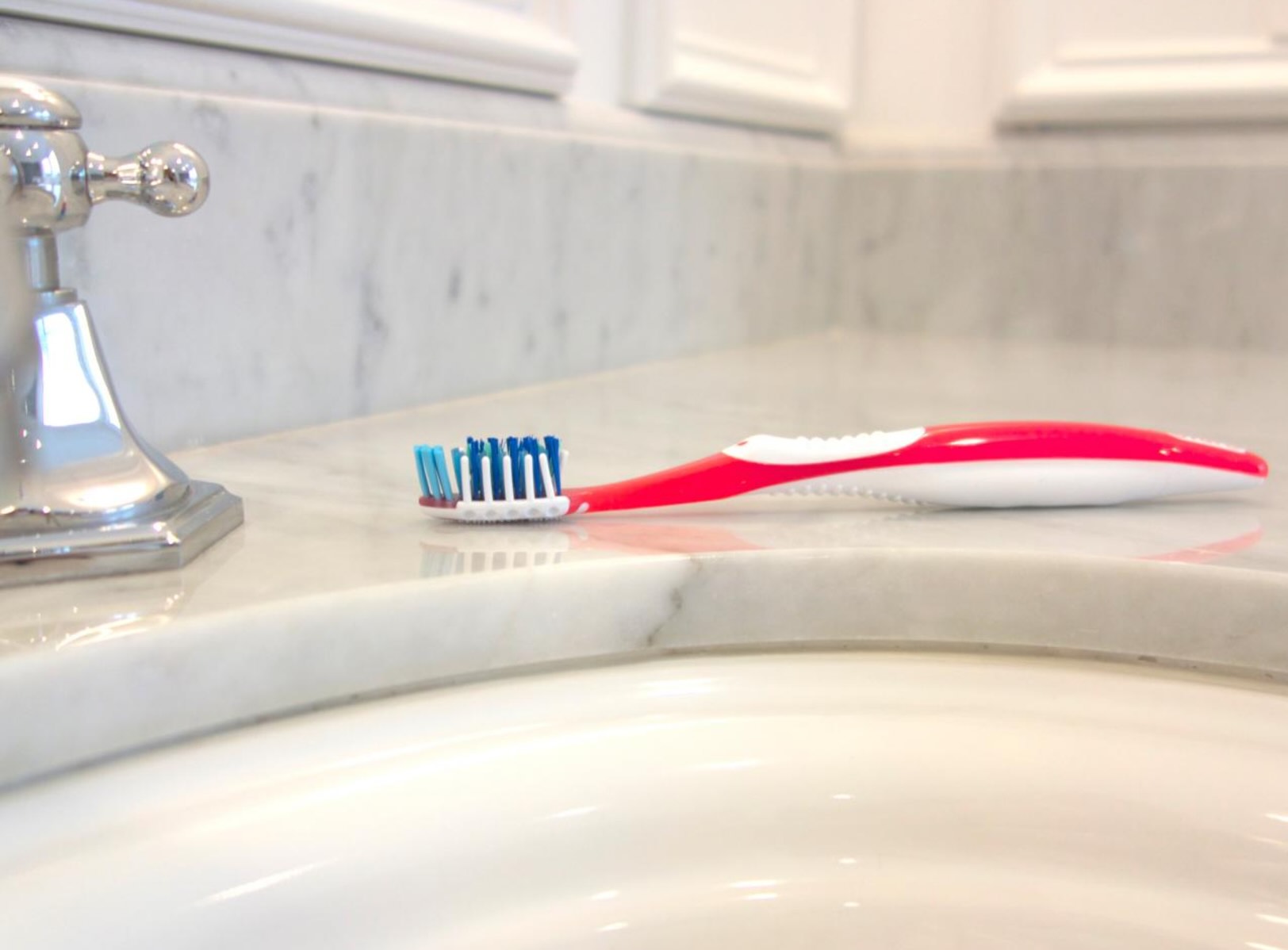

Bathroom Accessories
How Long Do Germs Live On A Toothbrush?
Published: February 11, 2024
Discover how long germs can survive on a toothbrush and learn how to keep your bathroom accessories clean and hygienic. Find out more about bathroom accessories and germ prevention.
(Many of the links in this article redirect to a specific reviewed product. Your purchase of these products through affiliate links helps to generate commission for Storables.com, at no extra cost. Learn more)
Introduction
The humble toothbrush, a daily companion in our quest for oral hygiene, plays a crucial role in maintaining our dental health. However, have you ever pondered the potential presence of germs on this essential tool? The question of how long germs can survive on a toothbrush is a pertinent one, considering the impact it may have on our overall well-being.
Understanding the dynamics of germ survival on toothbrushes is essential for maintaining oral hygiene and preventing potential health risks. Factors such as storage methods, environmental conditions, and the types of germs that commonly inhabit toothbrushes all contribute to the longevity of these microscopic organisms on our oral care tools.
In this comprehensive exploration, we will delve into the factors influencing the survival of germs on toothbrushes, shed light on the common types of germs found on these everyday items, and provide practical tips for keeping your toothbrush clean and germ-free. By gaining insight into these aspects, you will be better equipped to make informed decisions regarding your oral hygiene practices and safeguard your well-being.
Let's embark on this enlightening journey to unravel the mysteries of germ survival on toothbrushes and discover effective strategies for maintaining a clean and hygienic oral care routine.
Key Takeaways:
- Germs can survive on toothbrushes due to factors like storage, environment, and bristle design. Rinsing, drying, and replacing your toothbrush regularly can help keep it clean and germ-free.
- Bacteria, mold, yeast, viruses, and coliforms are common germs found on toothbrushes. Simple practices like rinsing, drying, and avoiding sharing can minimize germ contamination and promote oral health.
Read more: How Long Do Germs Live On A Carpet
Factors Affecting Germ Survival on Toothbrushes
The survival of germs on toothbrushes is influenced by various factors that encompass storage practices, environmental conditions, and the design of the toothbrush itself. Understanding these factors is crucial in comprehending the potential risks associated with germ exposure and in implementing effective strategies to minimize such risks.
-
Storage Methods: The way in which a toothbrush is stored significantly impacts the survival of germs. When toothbrushes are stored in close proximity to each other, the potential for cross-contamination increases. Additionally, storing toothbrushes in a closed, damp environment creates a conducive breeding ground for germs, prolonging their survival.
-
Environmental Conditions: The environment in which a toothbrush is used and stored plays a pivotal role in germ survival. Factors such as humidity and temperature can influence the longevity of germs on toothbrushes. High humidity levels, commonly found in bathrooms, can promote the survival of germs, while exposure to direct sunlight and dry conditions may inhibit their survival.
-
Type of Bristles and Design: The design and material composition of toothbrush bristles can impact the retention and survival of germs. Bristles with a larger surface area and those made of porous materials may harbor more germs, thereby prolonging their survival. Additionally, the design of the toothbrush head and handle can affect the ease of cleaning and the accumulation of germs.
-
Frequency of Use and Replacement: The frequency with which a toothbrush is used and replaced also influences germ survival. Over time, the accumulation of germs on a toothbrush increases, especially if it is not replaced regularly. Extended use of a toothbrush can lead to the proliferation of germs, posing potential health risks.
By considering these factors, individuals can make informed decisions regarding their oral hygiene practices and implement measures to minimize the survival of germs on their toothbrushes. Awareness of these factors empowers individuals to adopt proactive approaches in maintaining a clean and hygienic oral care routine, thereby promoting overall well-being.
Common Types of Germs Found on Toothbrushes
The environment of a typical bathroom, with its warm and moist conditions, provides an ideal breeding ground for a variety of germs. When it comes to toothbrushes, several common types of germs can be found thriving on these everyday oral care tools. Understanding the potential germs that may inhabit toothbrushes is essential for implementing effective cleaning and storage practices to minimize their presence. Let's explore some of the common types of germs found on toothbrushes:
-
Bacteria: Bacteria are among the most prevalent types of germs found on toothbrushes. This includes various strains such as Streptococcus, E. coli, and Pseudomonas. These bacteria can originate from the oral cavity, the surrounding environment, or through contact with contaminated surfaces. The warm and moist conditions of the bathroom provide an ideal environment for bacterial growth, making toothbrushes susceptible to bacterial contamination.
-
Mold and Yeast: Mold and yeast are fungal organisms that can also take up residence on toothbrushes. These microorganisms thrive in damp environments, and if a toothbrush is not adequately dried between uses, it can become a breeding ground for mold and yeast. Common types of mold found on toothbrushes include Aspergillus and Penicillium, while Candida is a prevalent yeast species.
-
Viruses: While less common, viruses can also be present on toothbrushes. Viruses such as the herpes simplex virus and the flu virus can potentially survive on toothbrushes, especially if the bristles are contaminated through contact with an infected individual's oral secretions. Proper hygiene practices and regular cleaning of toothbrushes can help minimize the risk of viral contamination.
-
Coliforms: Coliform bacteria, including fecal coliforms, are a group of bacteria found in the intestines of warm-blooded animals. While the presence of coliforms on toothbrushes is less common, it can occur through fecal-oral transmission or inadequate hand hygiene. Proper handwashing and storage practices can help mitigate the risk of coliform contamination on toothbrushes.
By being aware of the potential types of germs that can inhabit toothbrushes, individuals can take proactive measures to minimize their presence. Implementing proper cleaning and storage practices, such as rinsing toothbrushes thoroughly after use, allowing them to air dry in an upright position, and storing them in a well-ventilated area, can help reduce the risk of germ contamination. Additionally, replacing toothbrushes regularly and avoiding cross-contamination with other brushes can further contribute to maintaining a clean and hygienic oral care routine.
To minimize germs on your toothbrush, rinse it thoroughly after each use, store it upright to air dry, and replace it every 3-4 months.
Tips for Keeping Your Toothbrush Clean and Germ-Free
Maintaining a clean and germ-free toothbrush is essential for promoting optimal oral hygiene and minimizing the risk of potential health concerns associated with germ exposure. By implementing simple yet effective practices, individuals can ensure that their toothbrush remains a reliable tool for maintaining oral health. Here are some practical tips for keeping your toothbrush clean and germ-free:
-
Rinse Thoroughly After Each Use: After brushing your teeth, thoroughly rinse your toothbrush under running water to remove any remaining toothpaste, food particles, and oral debris. This simple practice helps to wash away potential germs that may have accumulated during use.
-
Allow Proper Drying: After rinsing, shake off excess water and allow your toothbrush to air dry in an upright position. Ensuring that the bristles are completely dry between uses helps prevent the proliferation of germs, as many microorganisms thrive in moist environments.
-
Avoid Sharing Toothbrushes: It is crucial to refrain from sharing toothbrushes with others, as this can lead to cross-contamination and the transfer of germs. Each individual should use their own designated toothbrush to maintain personal hygiene and minimize the risk of germ exposure.
-
Store in an Open, Well-Ventilated Area: Store your toothbrush in an open, well-ventilated area to promote air circulation and facilitate drying. Avoid enclosed containers or covers that can trap moisture and create an environment conducive to germ survival.
-
Replace Regularly: Replace your toothbrush every 3 to 4 months, or sooner if the bristles appear frayed or worn. Over time, toothbrush bristles can harbor germs and become less effective at cleaning the teeth and gums. Regular replacement ensures that you are using a clean and functional toothbrush.
-
Clean and Disinfect Periodically: Periodically clean your toothbrush by soaking it in an antibacterial mouthwash or a solution of water and hydrogen peroxide. This simple practice can help eliminate germs that may have accumulated on the bristles.
-
Be Mindful of Cross-Contamination: Keep your toothbrush separate from others in your household to prevent cross-contamination. Avoid storing multiple toothbrushes in close proximity, and if using a toothbrush holder, ensure that the bristles do not touch each other.
By incorporating these tips into your oral care routine, you can effectively minimize the presence of germs on your toothbrush and maintain a clean and hygienic tool for promoting oral health. These simple yet impactful practices contribute to a proactive approach in safeguarding your well-being and preserving the integrity of your oral care regimen.
Conclusion
In conclusion, the survival of germs on toothbrushes is influenced by a myriad of factors, including storage methods, environmental conditions, and the types of germs commonly found on these essential oral care tools. Understanding these dynamics is paramount in maintaining a clean and hygienic oral care routine and minimizing potential health risks associated with germ exposure.
By being mindful of storage practices, such as allowing toothbrushes to air dry in well-ventilated areas and avoiding cross-contamination, individuals can mitigate the survival of germs on their toothbrushes. Additionally, the regular replacement of toothbrushes and periodic cleaning and disinfection further contribute to minimizing the presence of germs and promoting optimal oral hygiene.
Awareness of the common types of germs found on toothbrushes, including bacteria, mold, yeast, viruses, and coliforms, empowers individuals to implement targeted cleaning and storage practices. By rinsing toothbrushes thoroughly after each use, allowing proper drying, and refraining from sharing toothbrushes, individuals can effectively reduce the risk of germ contamination.
Ultimately, the tips for keeping toothbrushes clean and germ-free serve as practical guidelines for maintaining oral hygiene and safeguarding overall well-being. By incorporating these simple yet impactful practices into daily oral care routines, individuals can take proactive measures to ensure that their toothbrushes remain reliable tools for promoting oral health.
In essence, the quest for a clean and germ-free toothbrush is not merely a matter of hygiene; it is a proactive approach to preserving oral health and well-being. By understanding the factors influencing germ survival on toothbrushes and implementing effective strategies for cleanliness, individuals can embark on a journey towards maintaining a clean and hygienic oral care routine, thereby promoting overall wellness and vitality.
Frequently Asked Questions about How Long Do Germs Live On A Toothbrush?
Was this page helpful?
At Storables.com, we guarantee accurate and reliable information. Our content, validated by Expert Board Contributors, is crafted following stringent Editorial Policies. We're committed to providing you with well-researched, expert-backed insights for all your informational needs.
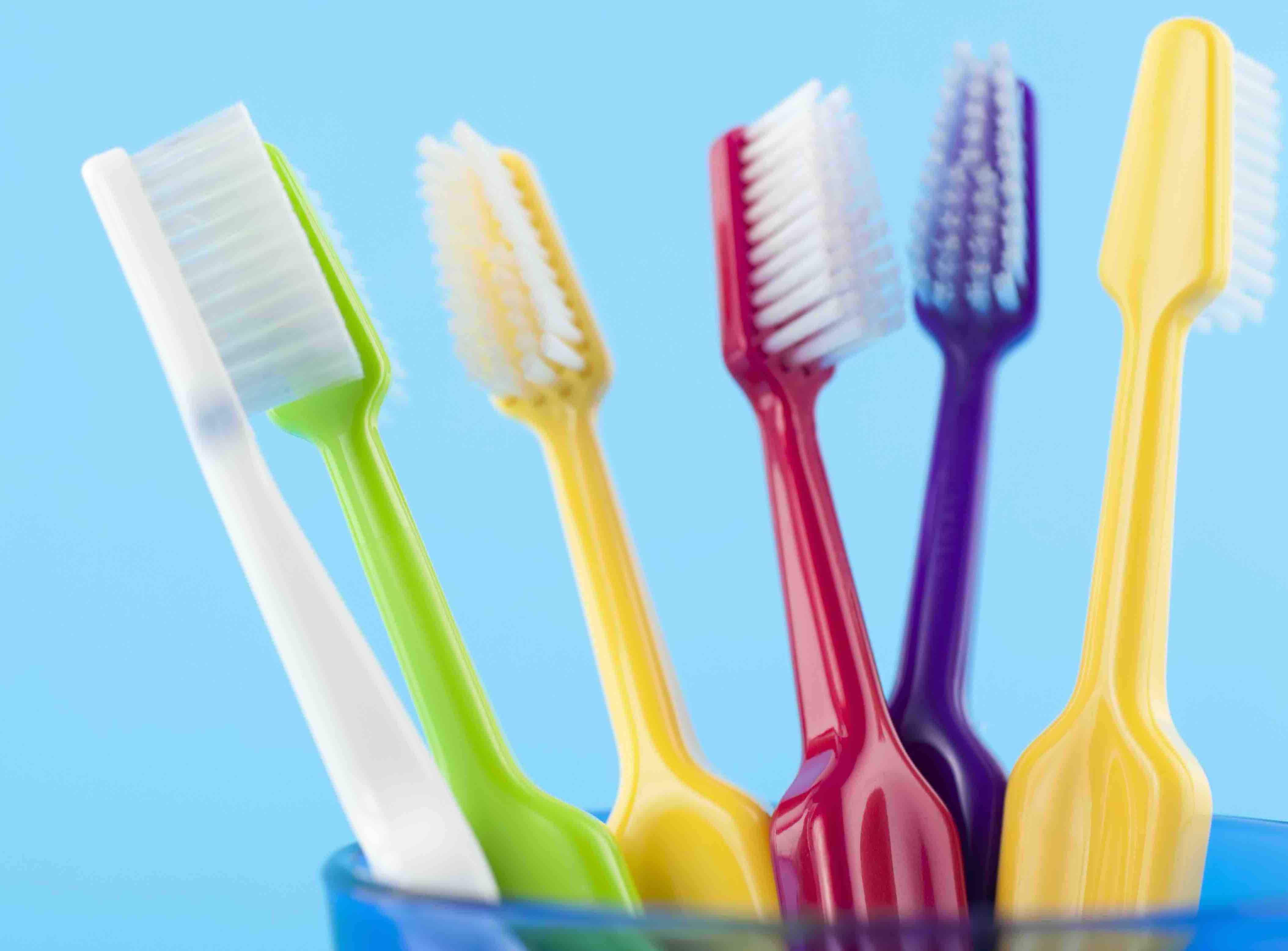

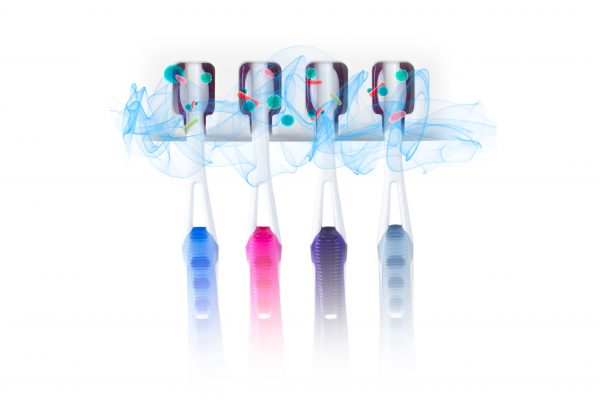
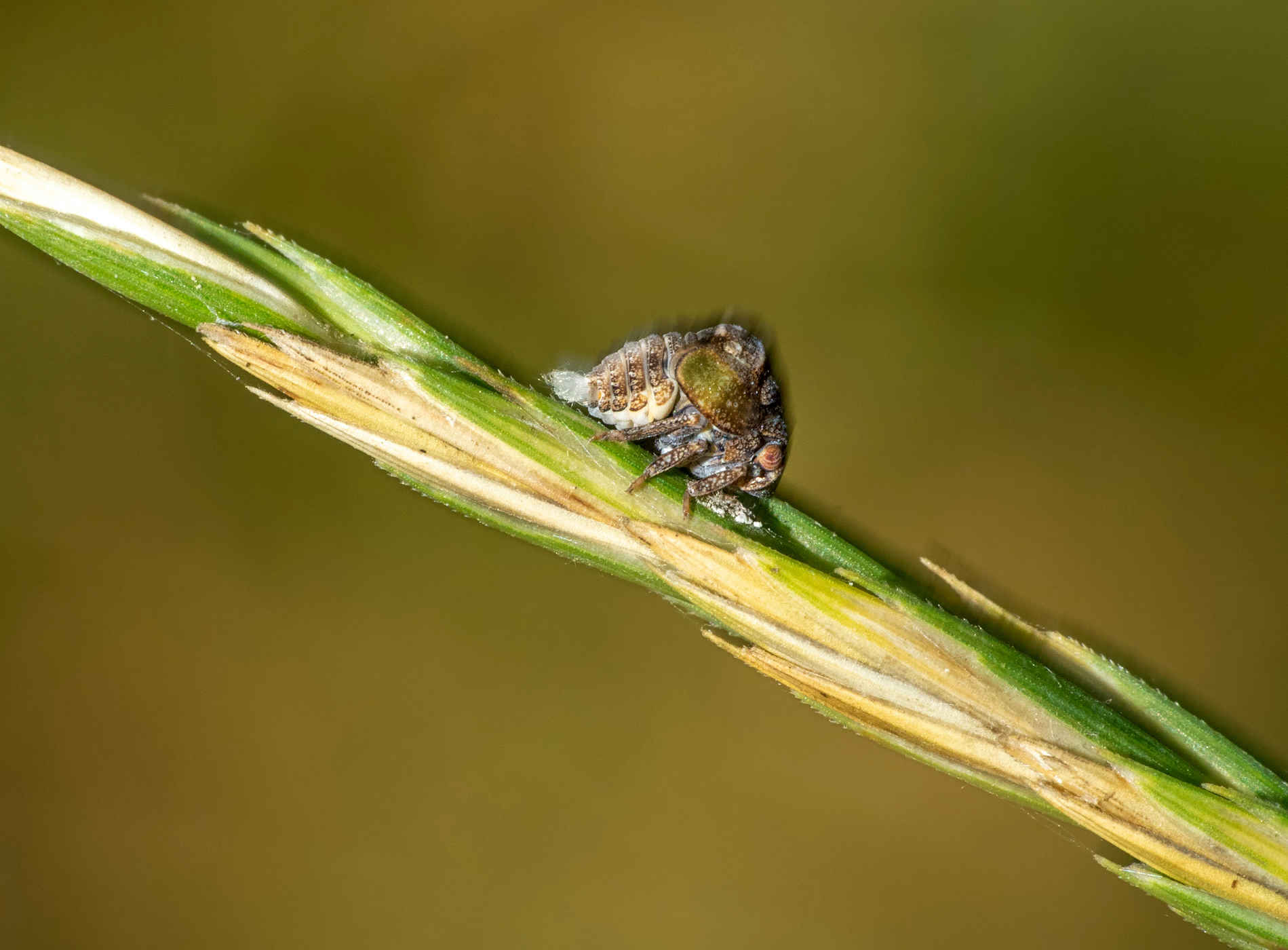



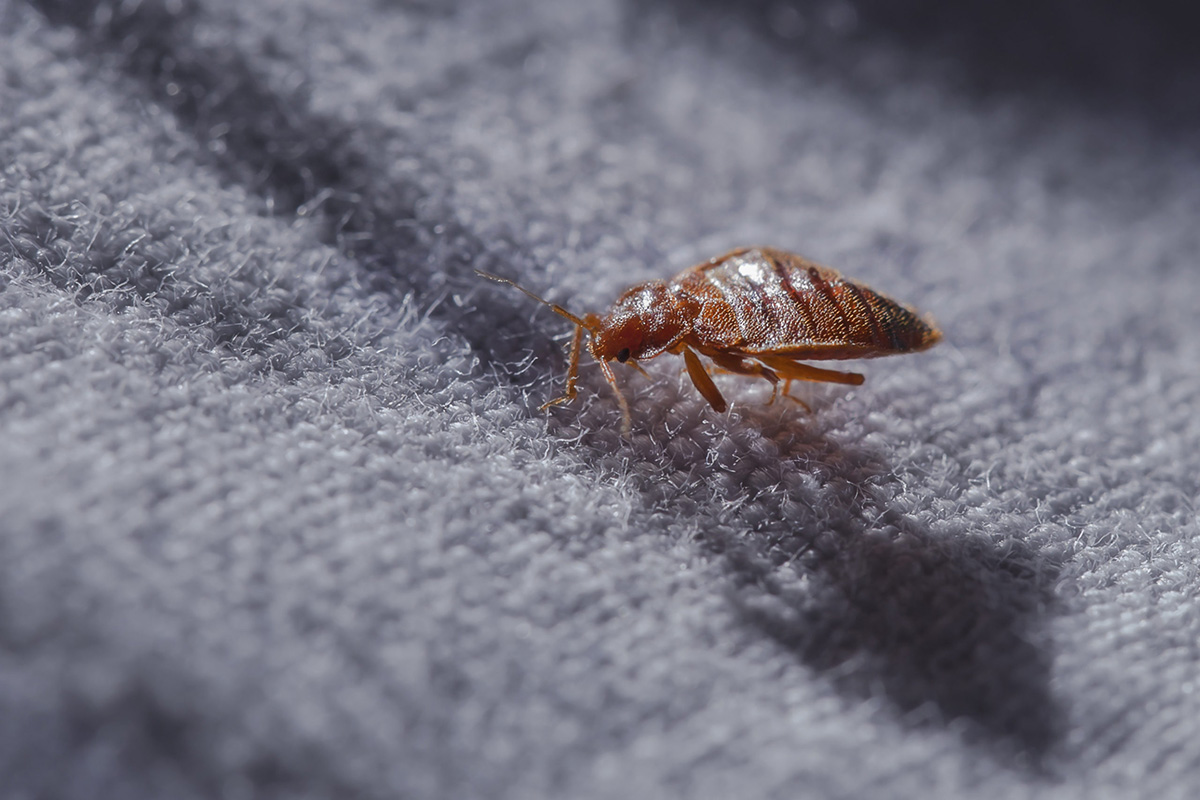
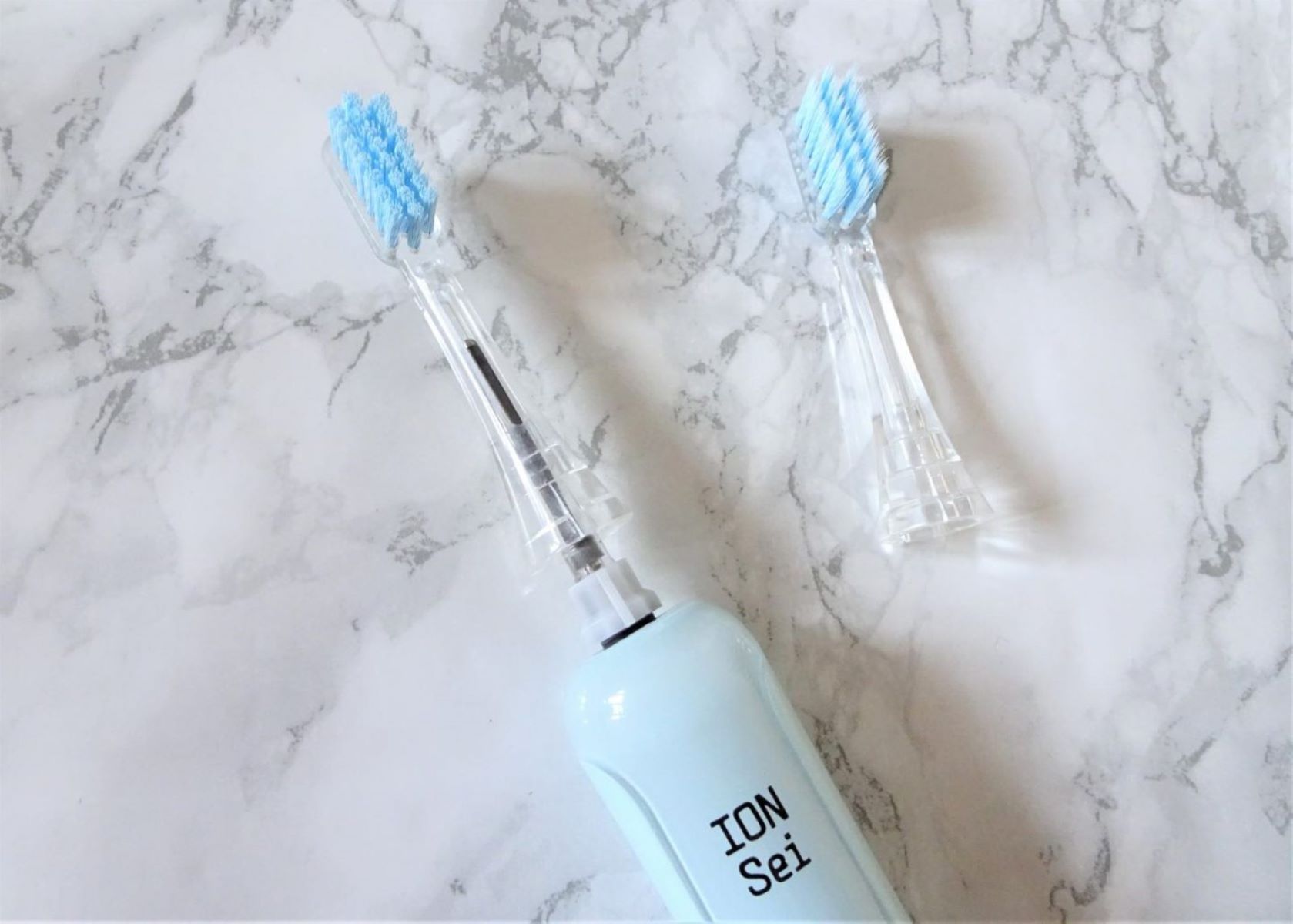
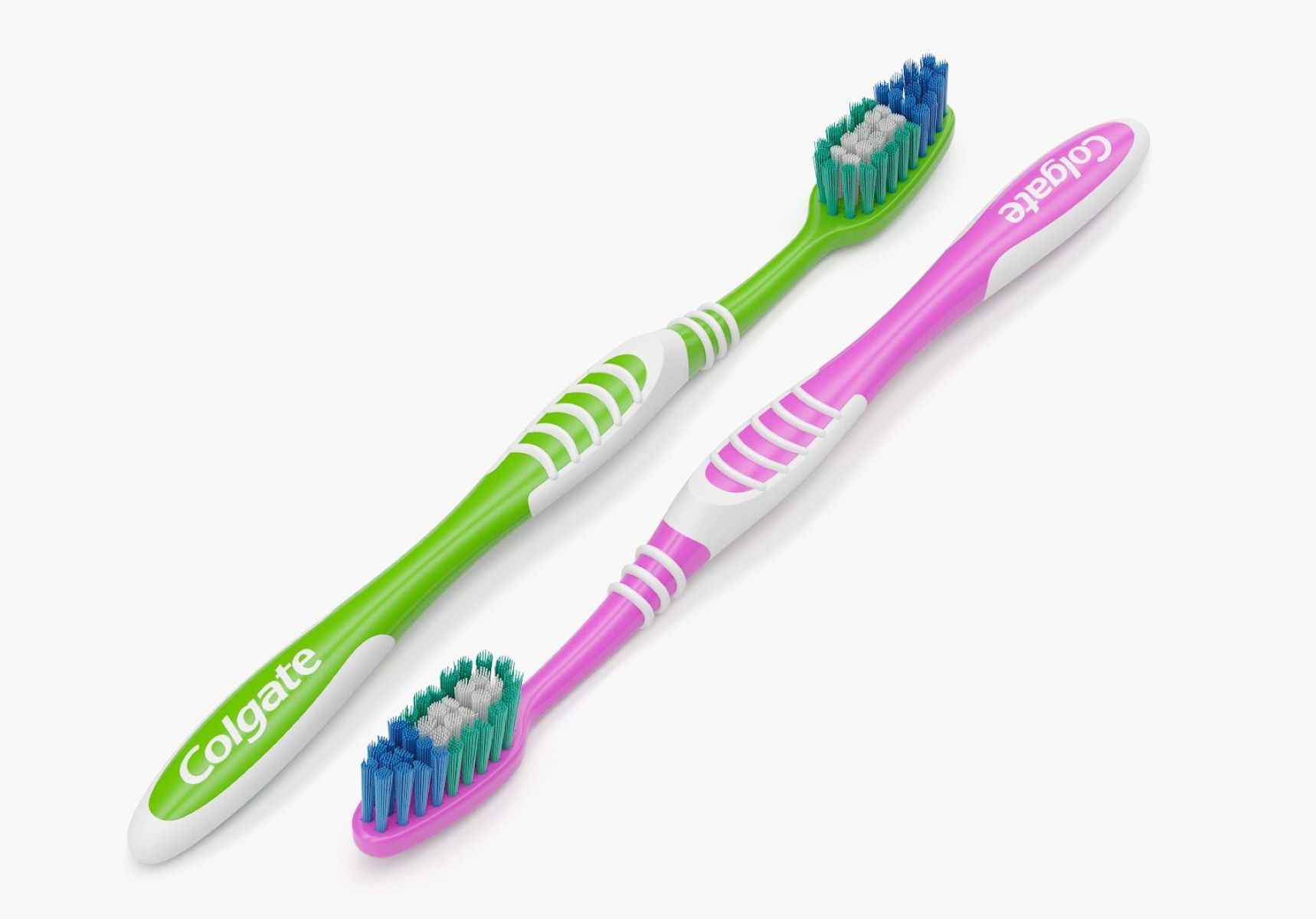
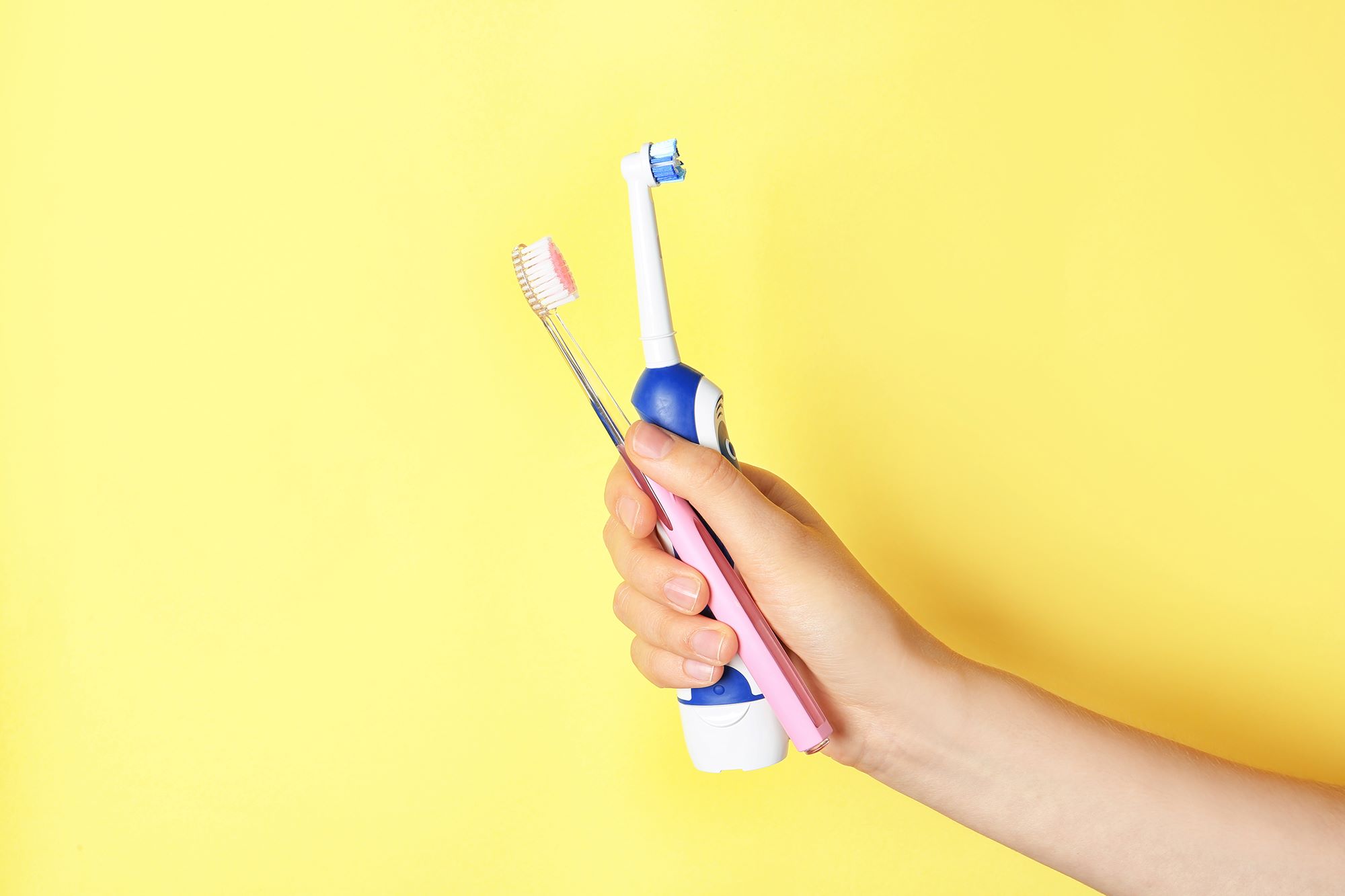
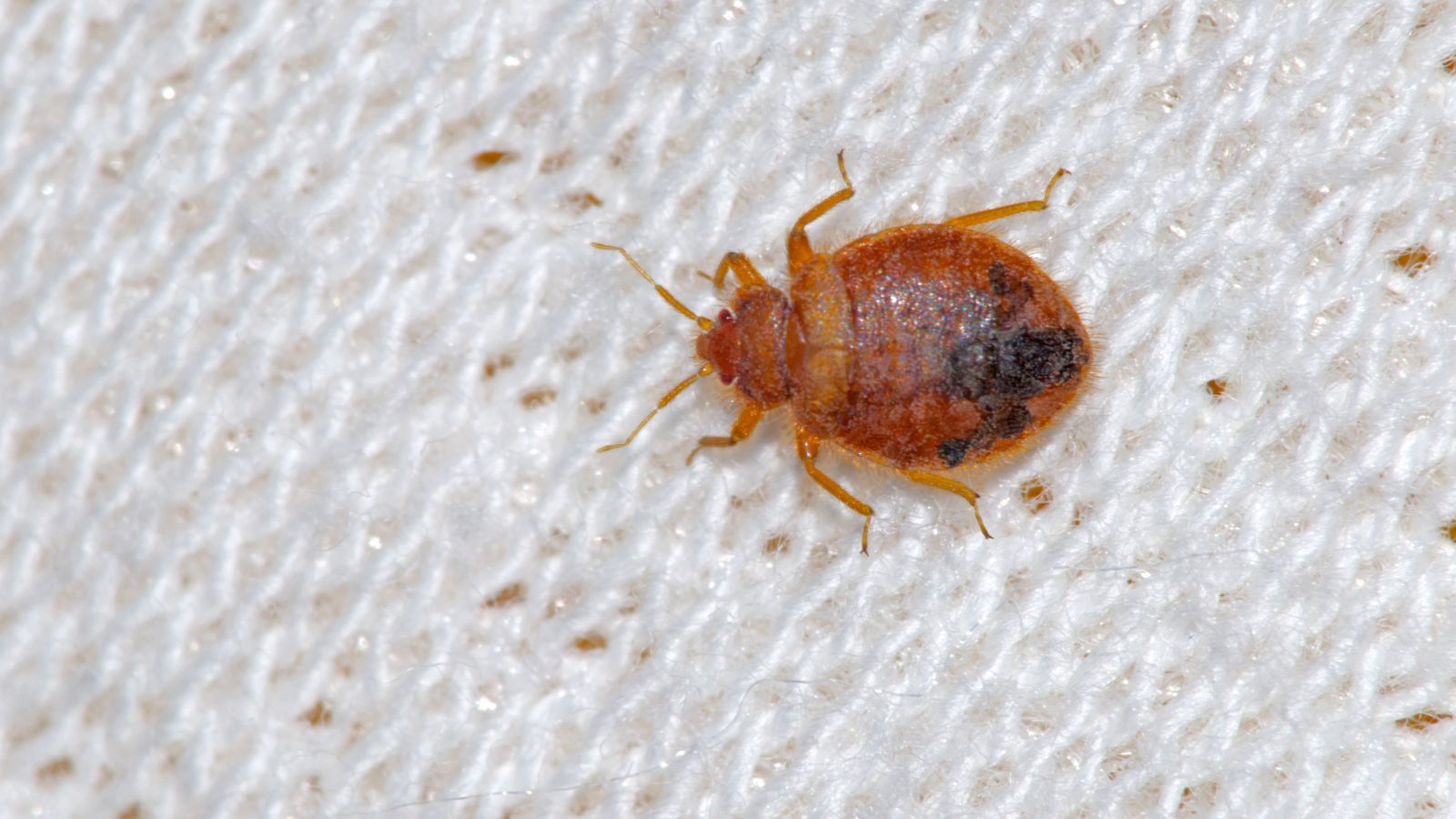

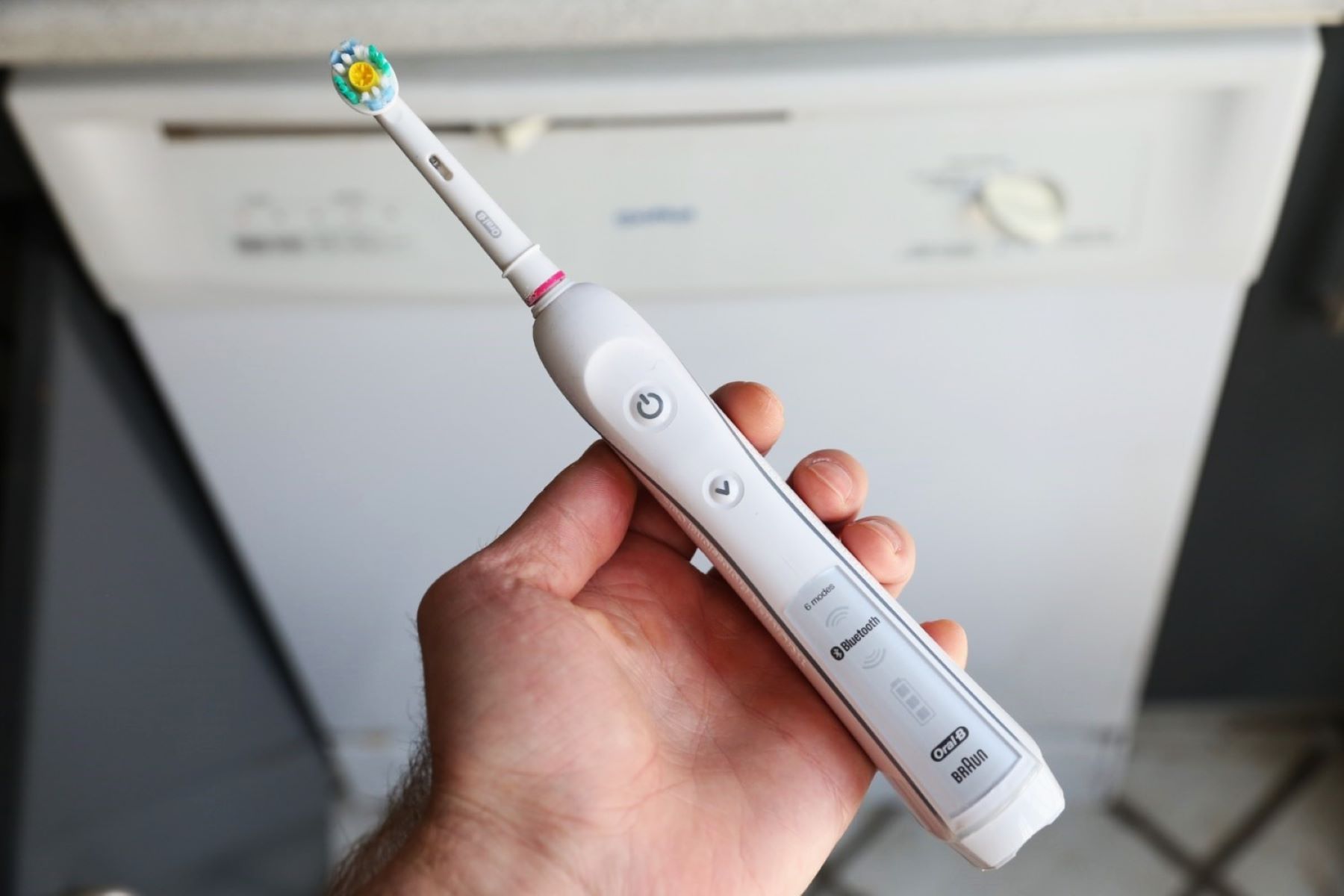
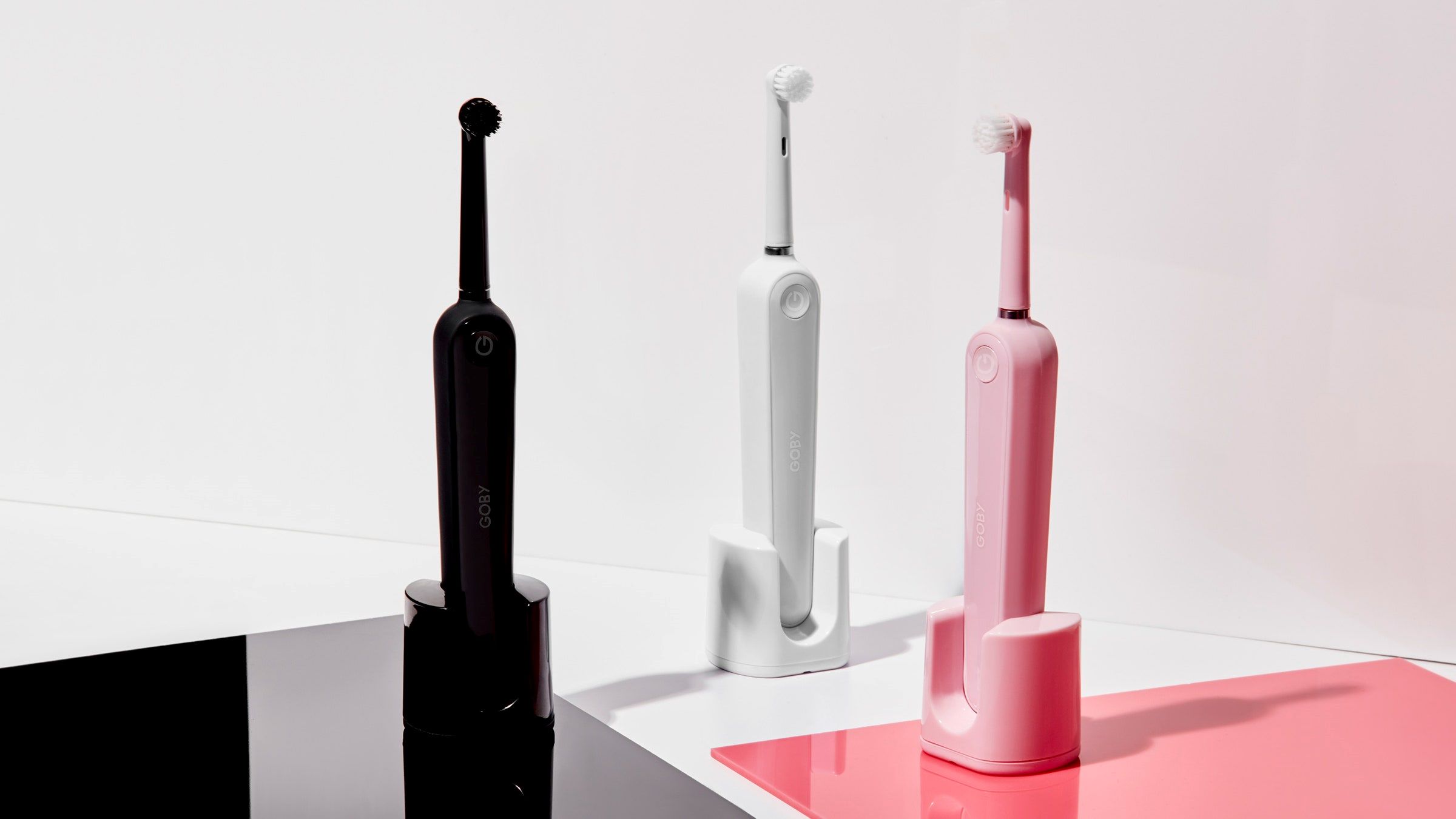

0 thoughts on “How Long Do Germs Live On A Toothbrush?”